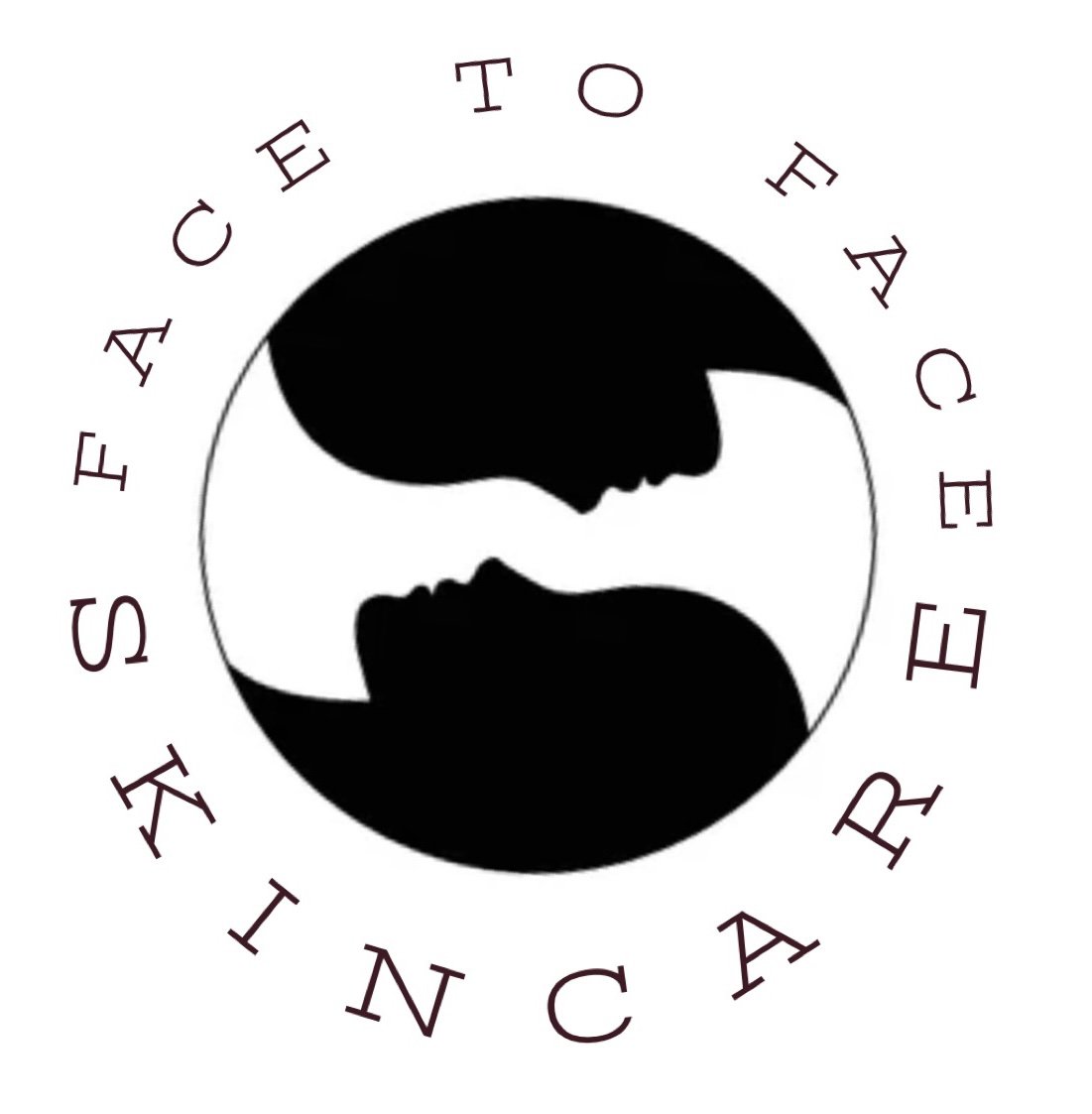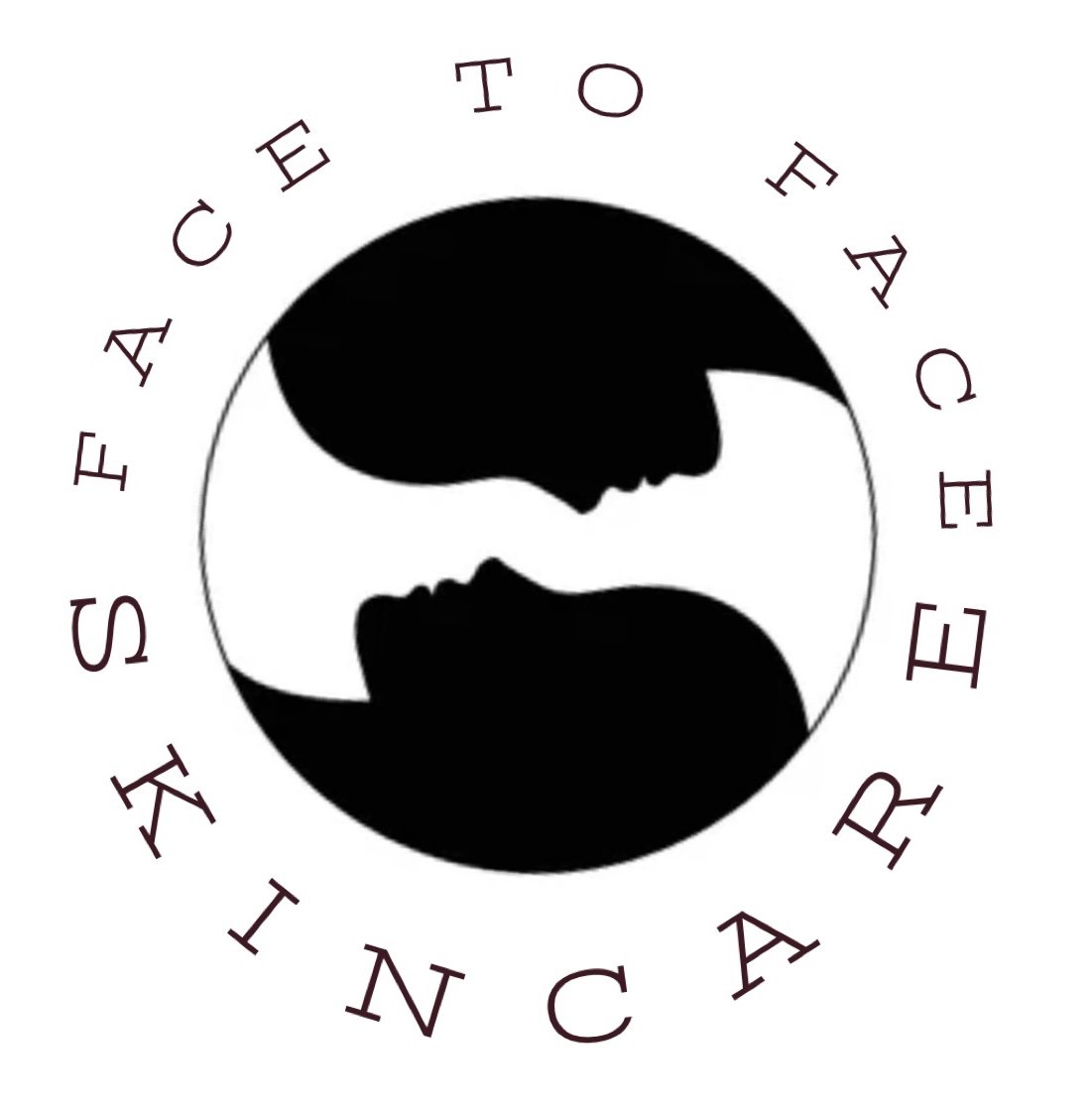Skincare and Hormones: Why Your Skin Freaks Out (and What to Do)
If you’ve ever wondered why your skin seems to have a mind of its own—breaking out one week, glowing the next, or suddenly feeling dry for no reason—hormones are usually the culprit. From monthly cycles to pregnancy, menopause, or even everyday stress, your hormones directly affect how your skin looks and feels.
How Hormones Impact Your Skin
Estrogen: Often called the “glow” hormone, estrogen helps keep skin plump, hydrated, and youthful. When estrogen levels dip (like before your period or during menopause), you may notice dryness, dullness, and more visible fine lines.
Progesterone: Peaks mid-cycle and can make skin oilier, sometimes leading to clogged pores and breakouts.
Testosterone: Stimulates oil production. If levels are imbalanced, it can trigger hormonal acne along the jawline, chin, and cheeks.
Cortisol (stress hormone): High levels cause inflammation, sensitivity, and can worsen acne, rosacea, or eczema.
Common Hormonal Skin Concerns
Breakouts: Those stubborn chin and jawline pimples around your period are a textbook sign of hormonal acne.
Melasma: Also called “the mask of pregnancy,” melasma often shows up as patches of hyperpigmentation triggered by estrogen and sun exposure.
Dryness & Sensitivity: Especially common during menopause, when estrogen levels drop and the skin barrier weakens.
What You Can Do About It
Professional Treatments
Microneedling: Stimulates collagen, smooths texture, and helps lighten pigmentation (great for melasma).
Chemical Peels: Target acne and discoloration caused by hormonal shifts.
Custom Facials: Calm inflamed, stressed-out skin and restore hydration.
At-Home Skincare Tips
Stick with a gentle cleanser—over-washing only makes breakouts worse.
Use a niacinamide serum to balance oil and calm redness.
Add hyaluronic acid for hydration without heaviness.
Don’t forget SPF—especially if you’re prone to melasma. Sunlight can darken pigmentation dramatically.
Lifestyle Support
Prioritize sleep (cortisol spikes at night when you’re not well-rested).
Manage stress with movement, breathwork, or journaling.
Support hormone balance with a nutrient-rich diet and hydration.
Final Thoughts
Hormonal skin changes are frustrating but completely normal. The good news? With the right treatments, products, and lifestyle support, you can get ahead of breakouts, dryness, and pigmentation. Instead of fighting your skin, work with it—and give it the balance it needs during every hormonal shift.

